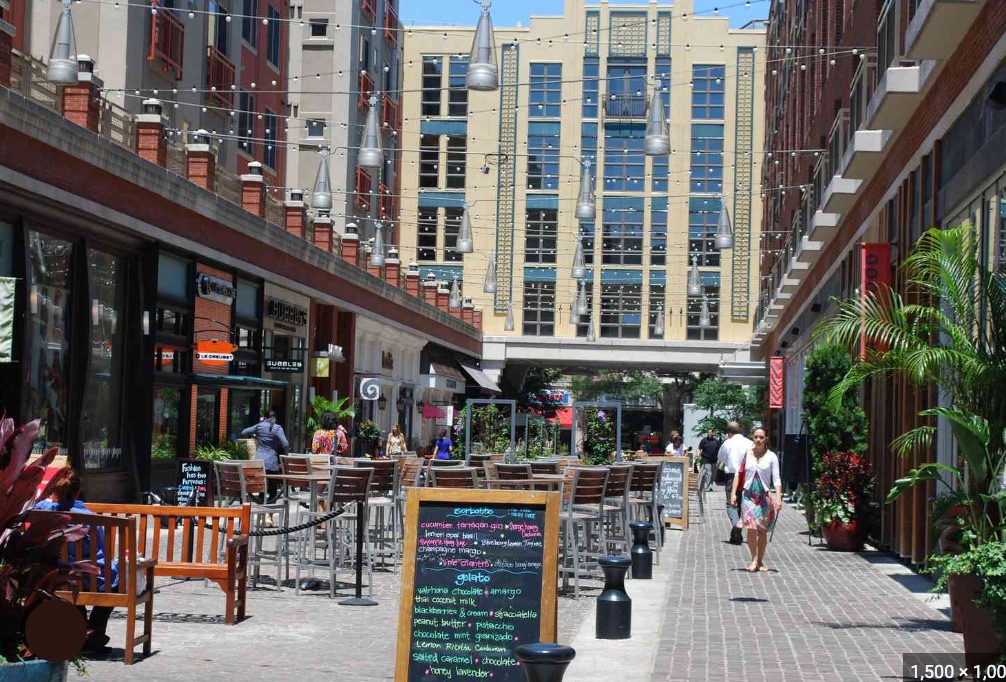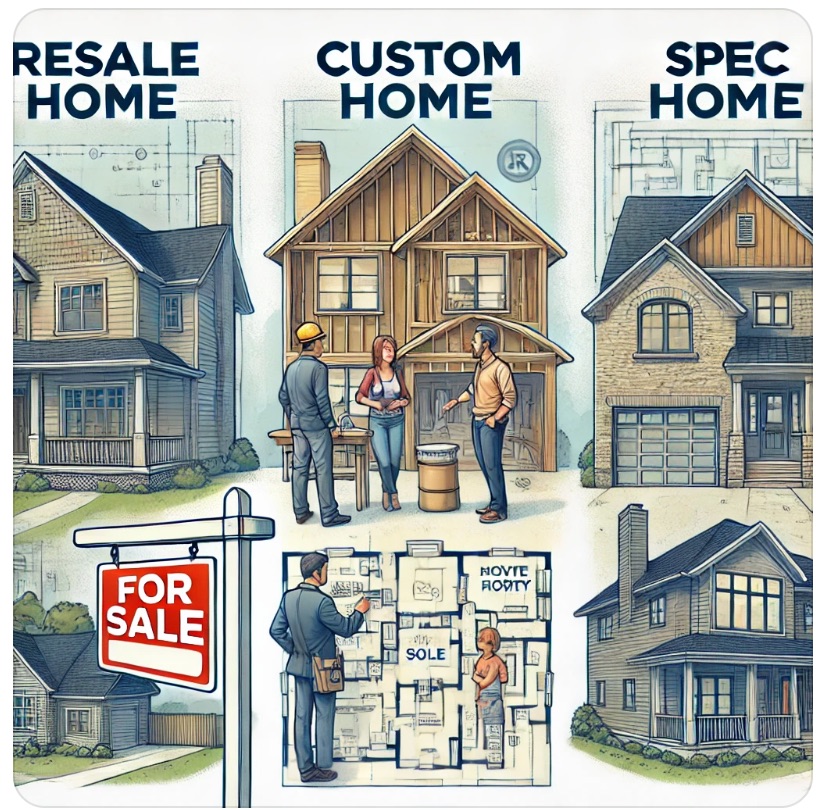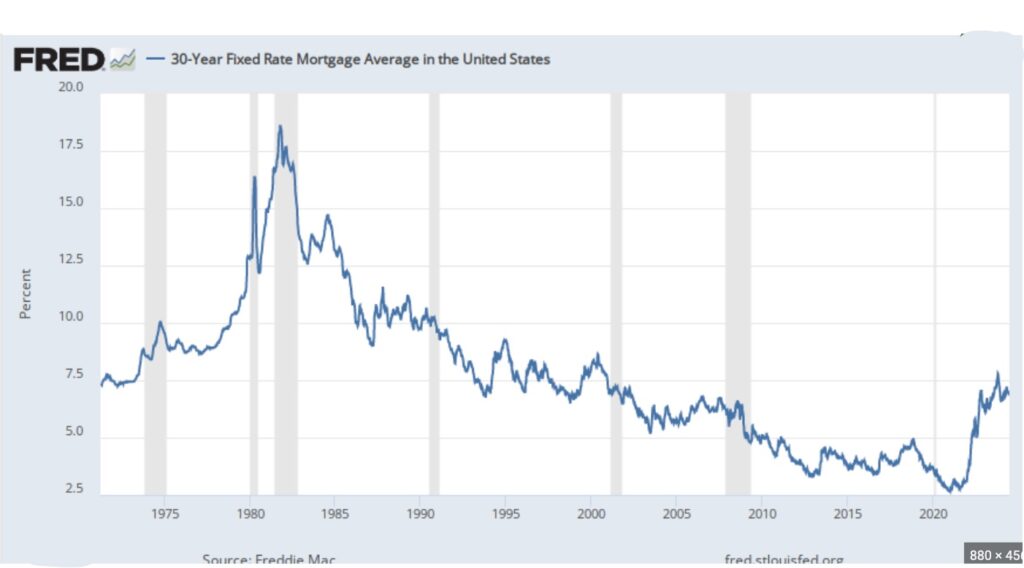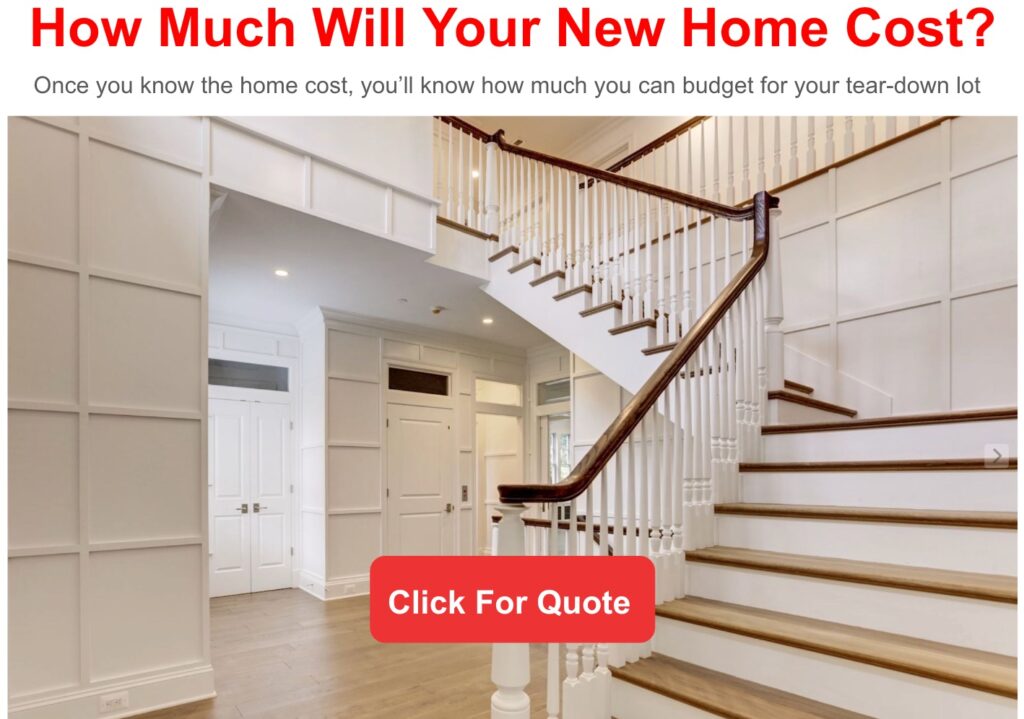When is the Best Time to Buy a Home in Bethesda, Maryland?

With owning a home affordability getting tougher and home mortgage rates relatively high compared to the 2020, but, still near historically low, when you look at long term mortgage rate graphs, you timing could be perfect for buying a new home in Bethesda.
And in very strong home buying Bethesda market and surrounding areas (at least inside the Washington DC beltway -Arlington, Chevy Chase, Falls Church, McLean, Vienna and Northwest Washington DC – specifically), there are many options to consider.
But before you start contemplating about the home style and number of bedrooms, here’s a real quick overview of some segments of the Maryland, Virginia Washington DC housing market.
1. “Resale” homes probably represent the biggest percentage of the market. Built years, or even decades ago, these homes were designed and built to reflect the requirements and the tastes of previous owners. They may be outfitted with outdated fixtures and technologies, and have poor construction. Buyers of these homes often fall in love with them for their character, their location or their “good-enough” fit with their needs, and accept the necessity of investing additional time and resources in remodeling and rebuilding.

2. “Spec” homes are built based on the speculation that a buyer can be found during or shortly after construction. These new homes may be designed with up-to-date floor plans and features to fit current preferences. When acquired before completion, a buyer may be able to select some finishing touches. But this type of home construction may also be designed to minimize cost and get the largest proceeds for the home builder, potentially leaving homeowners with less than the best materials and designs that are not as contemporary.
3.“Custom” homes are built according to the buyer’s specifications, usually on land they already own. While this type of new home construction embodies only ten percent of the market, it gives the homeowner the most control. Working with an “on your lot” custom home builder, the buyer determines all facets of home construction—from site selection to the home’s style, size and floor plan, types of windows and doors, flooring and siding, and all the details—cabinets, lighting fixtures, drawer pulls, paint colors, etc.
While “on your lot” home builders are sometimes thought of as large home builders, they can also accommodate today’s trend towards “right-sizing”. These days a custom home builder may work on smaller homes starting around 2500 square feet. Benefits include keeping material and labor costs lower and customizable floor plans.
The Best Time to Buy a Home in Bethesda, Maryland
Buying a home is one of the most significant decisions you’ll make in your life. It’s not just about finding a place to live; it’s about investing in your future. The timing of this decision can greatly impact the value you get from your investment. This is especially true in Bethesda, Maryland, a city known for its highly desirable real estate market.
Understanding the Bethesda Real Estate Market

The real estate market in Bethesda is unique due to its inelastic supply of homes and land. With high demand driven by top-rated public schools, an abundance of high-paying jobs, and close proximity to Washington DC’s museums, attractions, and restaurants, Bethesda offers an exceptional living environment. This constant demand paired with limited supply means that the best time to buy is always now. Waiting for the “perfect” moment can result in higher prices due to the ongoing demand.
Interest Rates: Historically Low and Temporary
Even though today’s interest rates of around 6.7% are higher than the exceptionally low rates of 2020, they remain relatively low from a historical perspective. Over the past 30 years, interest rates (see Freddie Mac interest rate graph below) have been much higher. In the 1990s, rates often exceeded 8%, and in the early 2000s, they hovered around 6-7%. The ability to refinance also means that current rates are temporary; you can always secure a better rate in the future. On the other hand, home prices in Bethesda are unlikely to decrease over the long term due to the inelastic supply and steady demand.

The Impact of High Demand and Limited Supply
Bethesda’s real estate market is characterized by its inelastic supply. There is only so much land and a limited number of homes available, while demand continues to grow. This imbalance drives up home prices over time. The city’s appeal—excellent schools, job opportunities, and vibrant lifestyle—ensures a steady influx of potential buyers. This means waiting could only increase the cost of your desired home.
The Impossibility of Timing the Market

It’s important to understand that timing the market is virtually impossible. This is true for any market, and the Bethesda real estate market is no exception. Real estate is a long-term investment, not akin to day trading stocks. Over the years, real estate consistently appreciates. Historical data shows that despite short-term fluctuations, the value of homes in desirable locations like Bethesda tends to rise over the long run. Trying to wait for the “perfect” time to buy can result in missed opportunities and higher costs.
Personal Circumstances
While market conditions are crucial, the best time to buy a home also heavily depends on your personal circumstances. Here are a few factors to consider:
- Financial Readiness: Ensure you have a clear understanding of your budget and what you can afford, including the purchase price, property taxes, insurance, and maintenance.
- Job Stability: A stable job and predictable future income make it easier to commit to a mortgage.
- Current Housing Situation: If your lease is ending or you need more space due to family changes, it might be the right time to buy.
- Long-Term Plans: If you plan to stay in Bethesda for several years, buying now can lock in current prices before they rise further.
Conclusion
In Bethesda, Maryland, the best time to buy a home is today. The combination of high demand, limited supply, and the area’s many attractions means prices are likely to continue rising. By understanding the unique dynamics of the Bethesda real estate market and considering your personal circumstances, you can make a well-informed decision.
For all these reasons, today is the best time to buy, and the second best time to buy is tomorrow. Remember, buying a home is a significant investment. Take your time, do your research, and make sure you’re financially prepared. With patience and careful planning, you’ll find the perfect home at the perfect time—today or tomorrow, but ideally, before prices climb even higher.
More new homes under construction for sale and lots for sale:
*Chevy Chase – 4812 Chevy Chase Blvd. – downtown Bethesda – under construction
*McLean – 15K SF lot – McLean HS – private list – call or text to learn more 301-370-6463
*Bethesda – 1/2 Acre – Churchill HS – private list – call or text to learn more 301-370-6463
*McLean – 17,800 SF Flat lot – McLean HS
*Bethesda 6529 Elgin Lane Bethesda – 14,700 SF lot – Walt Whitman HS – new home to be built
*N. Arlington 6317 Street N. – 13,000 SF – Yorktown HS – new home to be built
*Bethesda 6820 Marbury Road – 11,500 SF lot – Walt Whitman HS – under construction
*Bethesda – 4922 Earlston Dr. – Bethesda blocks to Westbard Square – under construction
New Home Services:
*Access our wholesale acquisitions list & beat the competition – call 301-370-6463
*How much does a new home cost? Find out here
